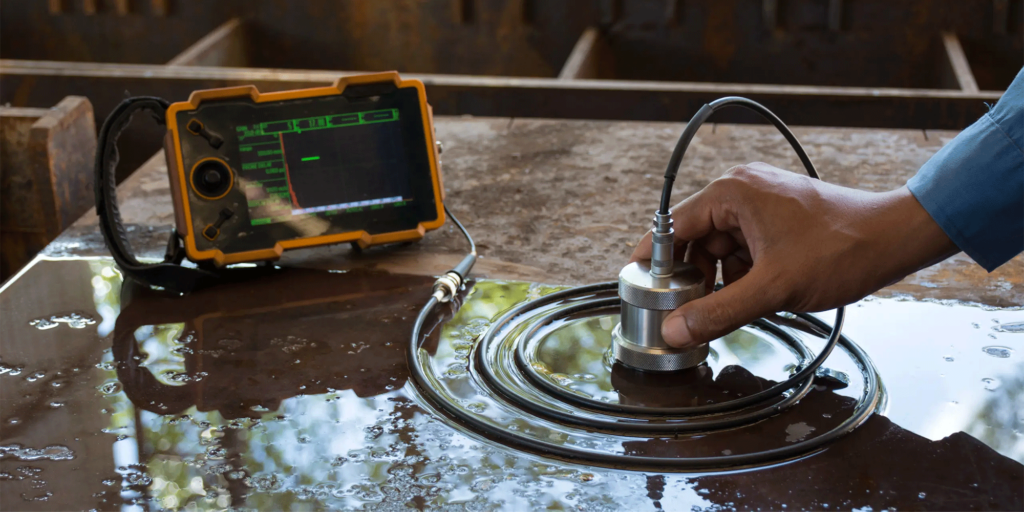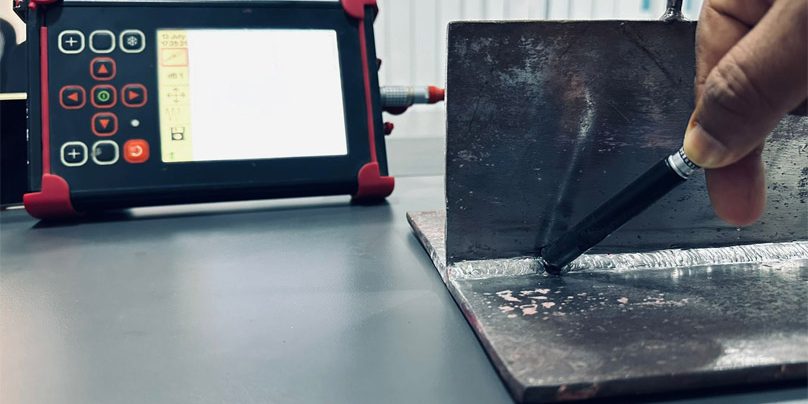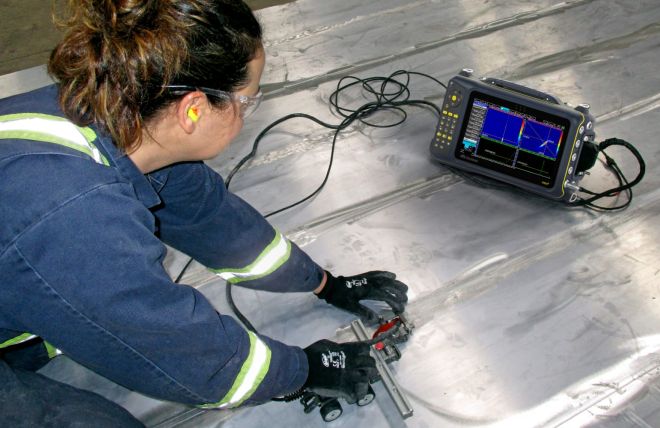The concept of understanding frequency response in devices is pivotal in the realm of audio technology. It serves as a fundamental aspect that influences how devices like speakers, microphones, and audio interfaces perform. In this guide, we aim to provide a detailed insight into this critical topic, ensuring that by the end, you have a firm grasp of how frequency response affects device performance.

What is Frequency Response?
In its essence, frequency response refers to the range of frequencies a device can reproduce or respond to effectively. This range is typically measured in Hertz (Hz) and illustrates how a device treats different sound frequencies. A device with a broad frequency response range can handle a wider variety of sounds, from the deepest bass to the highest treble.
The Importance of Frequency Response
The significance of frequency response cannot be overstated. It is a key indicator of audio quality. When selecting audio equipment, one must consider devices with a suitable frequency response range to ensure the best sound reproduction for their specific needs. For instance, professional audio engineers often seek wider frequency responses for more accurate sound reproduction.
How Frequency Response Affects Audio Devices
Audio devices, such as speakers and headphones, rely heavily on their frequency response capabilities. The response curve, which is a graphical representation of how a device responds to different frequencies, is crucial in determining the overall sound signature of the device.
Speakers and Frequency Response
For speakers, the frequency response range is a critical factor. High-quality speakers often boast a flat frequency response, meaning they can reproduce sound accurately across the entire frequency range. This is essential for a true-to-life audio experience.
Microphones and Frequency Response
In the case of microphones, understanding their frequency response is vital for capturing sound accurately. Different microphones have different response patterns, making some better suited for specific tasks, such as vocal recording or instrument capture.
Measuring Frequency Response
Measuring the frequency response of a device involves analyzing how it reproduces various frequencies. This is typically done using specialized equipment and software to create a frequency response curve, which helps in evaluating the performance of the device.
Tools for Measurement
Professionals use tools like audio analyzers and frequency response graphs to measure and visualize the performance of audio devices. These tools are essential in ensuring that devices meet the required standards for quality audio reproduction.
Interpreting Frequency Response Graphs
A frequency response graph provides a visual representation of how a device handles different frequencies. The flatness or variations in the graph indicate how accurately the device can reproduce sound, which is crucial for both manufacturers and users.
Applications of Frequency Response
Understanding frequency response is crucial across various applications, from creating music to designing audio equipment. It plays a significant role in ensuring that devices perform optimally in their intended environments.
Music Production
In music production, having a clear understanding of a device’s frequency response ensures that the final audio output is accurate and true to the original sound. This is particularly important when mixing and mastering tracks.
Home Audio Systems
For home audio systems, selecting equipment with the right frequency response is essential for achieving a high-quality listening experience. This includes choosing speakers and amplifiers that can reproduce the desired sound spectrum.
Challenges in Frequency Response
Despite its importance, achieving the perfect frequency response in devices can be challenging. Various factors, such as design limitations and material quality, can affect a device’s ability to accurately reproduce sound.
Overcoming Limitations
Manufacturers continually work to overcome these limitations through innovative design and advanced materials. Understanding these challenges is essential for consumers seeking the best audio devices.
Future Trends in Frequency Response
The future of frequency response in devices looks promising, with ongoing research and development aimed at enhancing audio quality. As technology advances, we can expect even more accurate and efficient devices in the market.
Conclusion
Understanding frequency response in devices is crucial for anyone involved in the audio industry or those seeking to enhance their listening experiences. By grasping the principles outlined in this guide, you’ll be better equipped to select and use audio devices that meet your specific needs.

FAQs
What does a flat frequency response mean?
A flat frequency response indicates that a device can reproduce sound accurately across all frequencies, resulting in a more natural and balanced audio output.
Why is frequency response important in speakers?
Frequency response is crucial in speakers as it determines how well they can reproduce sound, affecting the overall audio quality and listening experience.
Can frequency response be improved?
Yes, manufacturers can improve frequency response through advanced design and materials, leading to better audio performance in devices.
For more on how frequently equipment inspections should be performed, you can visit this guide.
This article contains affiliate links. We may earn a commission at no extra cost to you.
